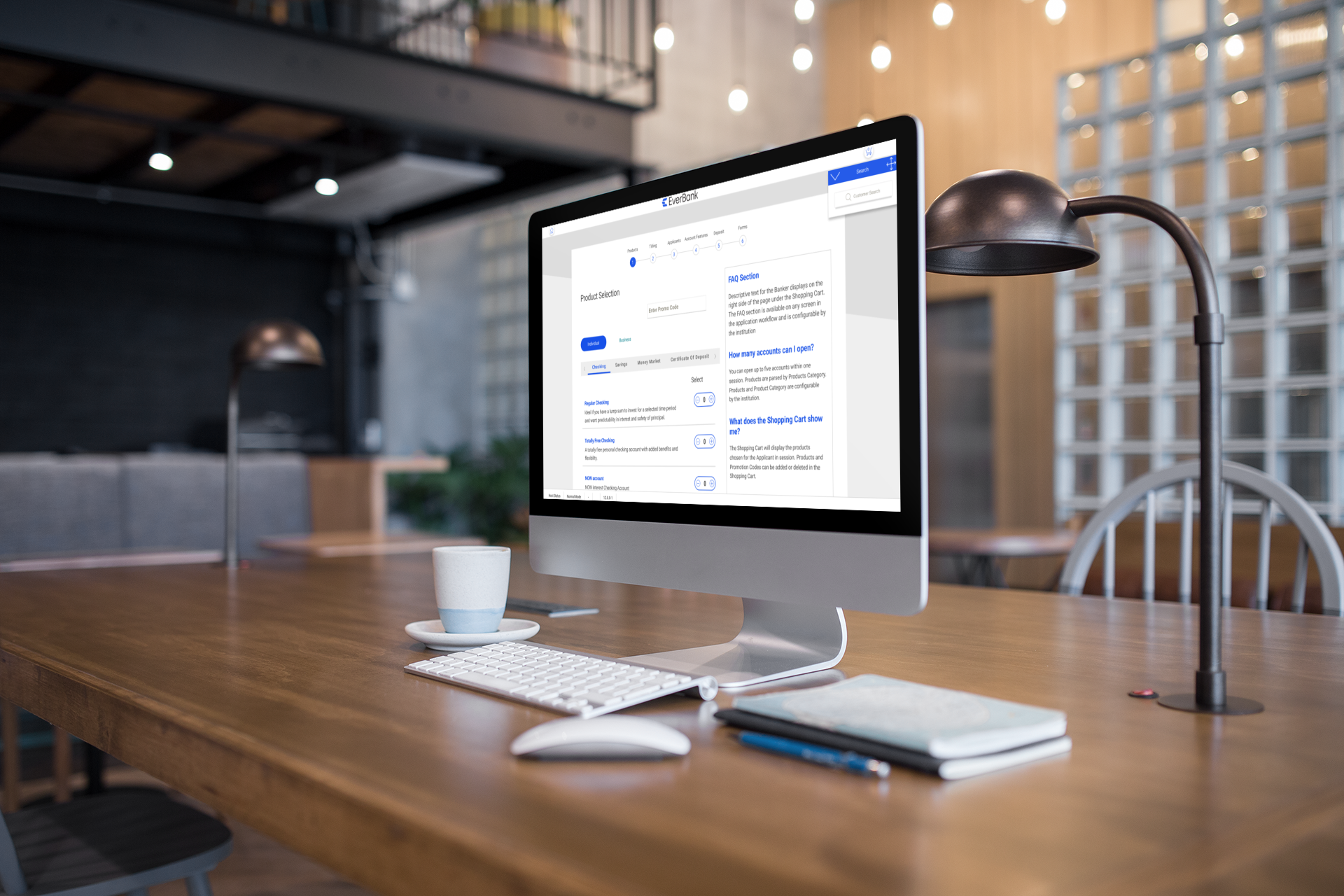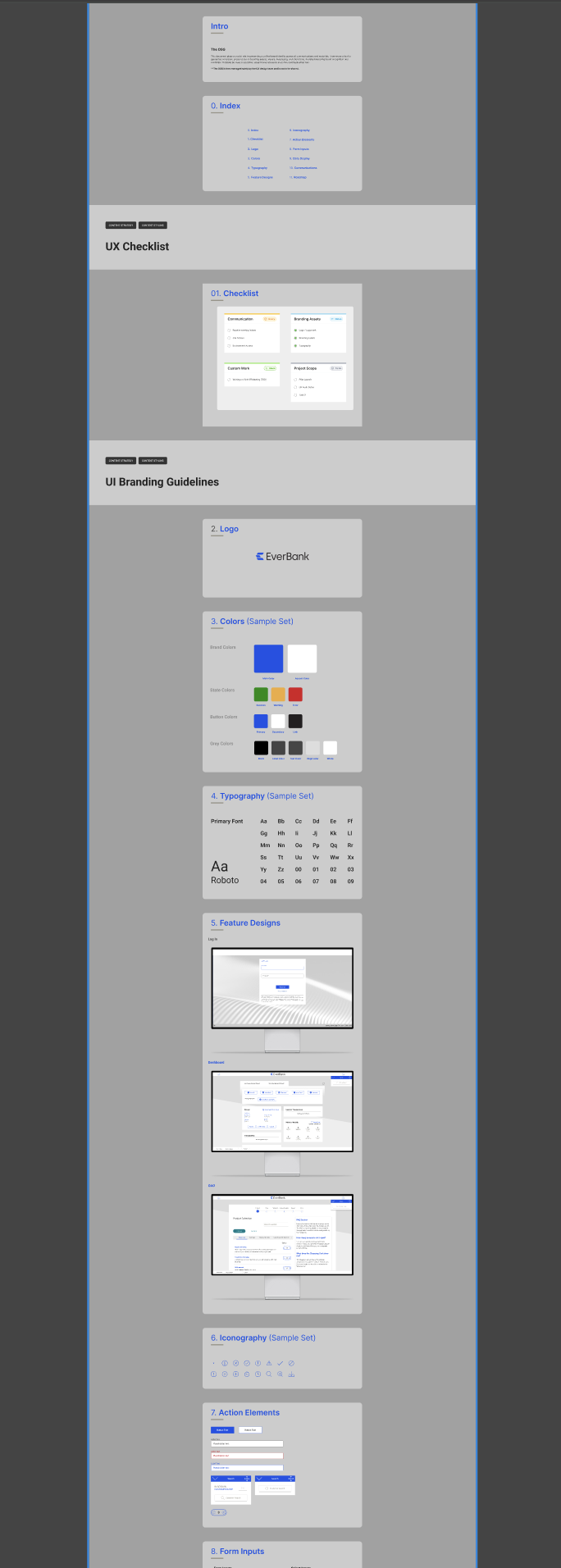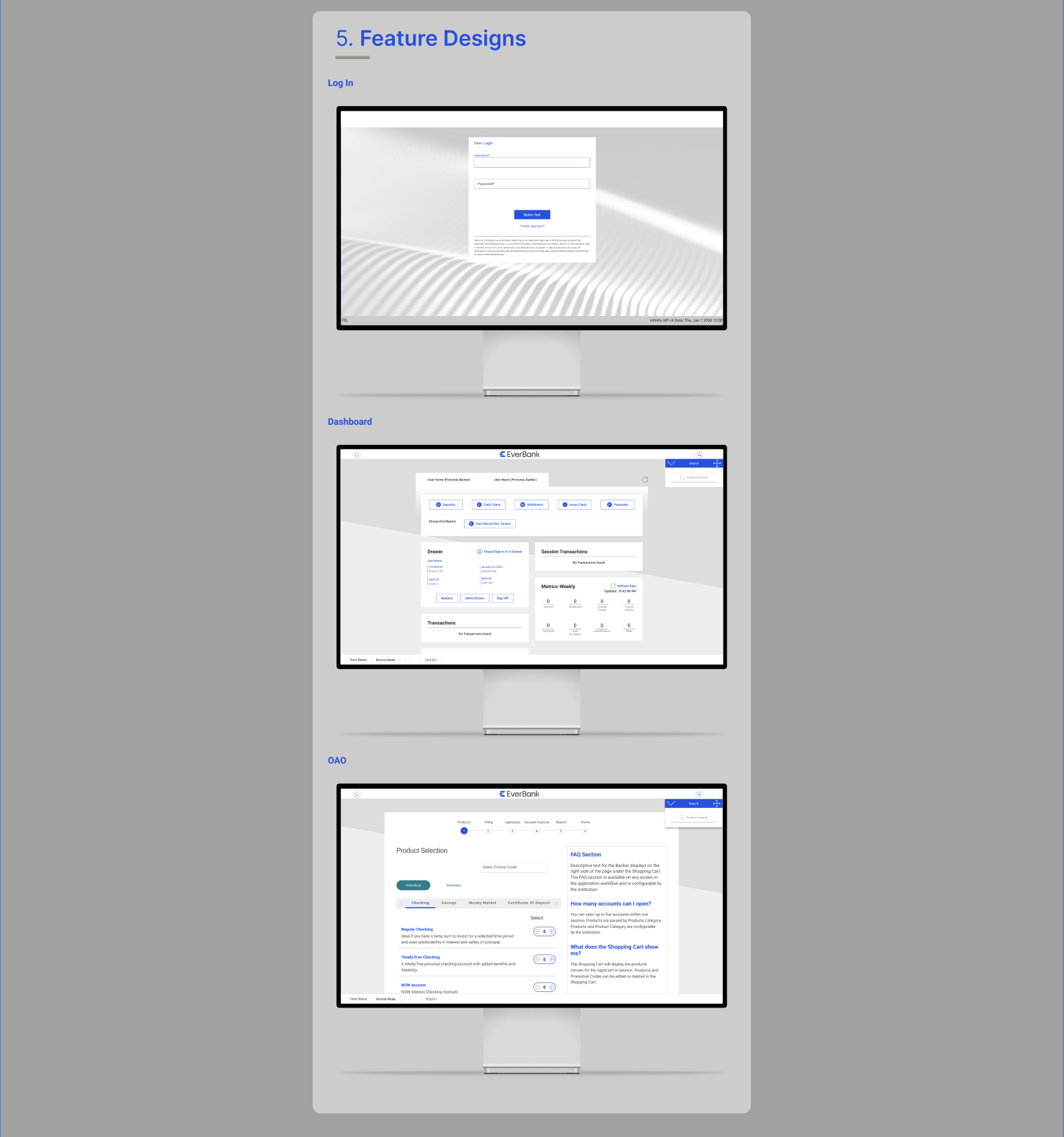The Objective was to create a comprehensive UX/UI onboarding style guide that enhances the client onboarding process and provides real-time branding updates across multiple screens within the banking product.

During my collaboration with the client, it became evident that the existing onboarding process for the product was inadequate and frustrating for clients. Many struggled to effectively integrate their branding into our product, leading to inconsistencies and dissatisfaction. Clients often relied on poorly designed solutions, such as hastily created PDFs that failed to accurately represent their branding needs. Others submitted Excel sheets with CSS specifications, but these frequently resulted in extensive revisions because the final output rarely matched their expectations. This disjointed approach not only hindered the onboarding experience but also created additional work for both clients and our team, underscoring the urgent need for a streamlined, user-friendly onboarding solution.




This project taught me valuable lessons about the onboarding process and design execution. In hindsight, I would have prioritized user research to influence our approach. While the current process is functional, it creates unnecessary challenges for developers who must navigate Figma files in development mode. Moving forward, I plan to focus on establishing CSS libraries to ease their workload. Additionally, while the guide effectively addresses branding, it could better showcase UI elements. A more balanced representation would enhance its utility. Overall, I’m proud of the progress we made and how far the project evolved, and I look forward to applying these insights to future endeavors.